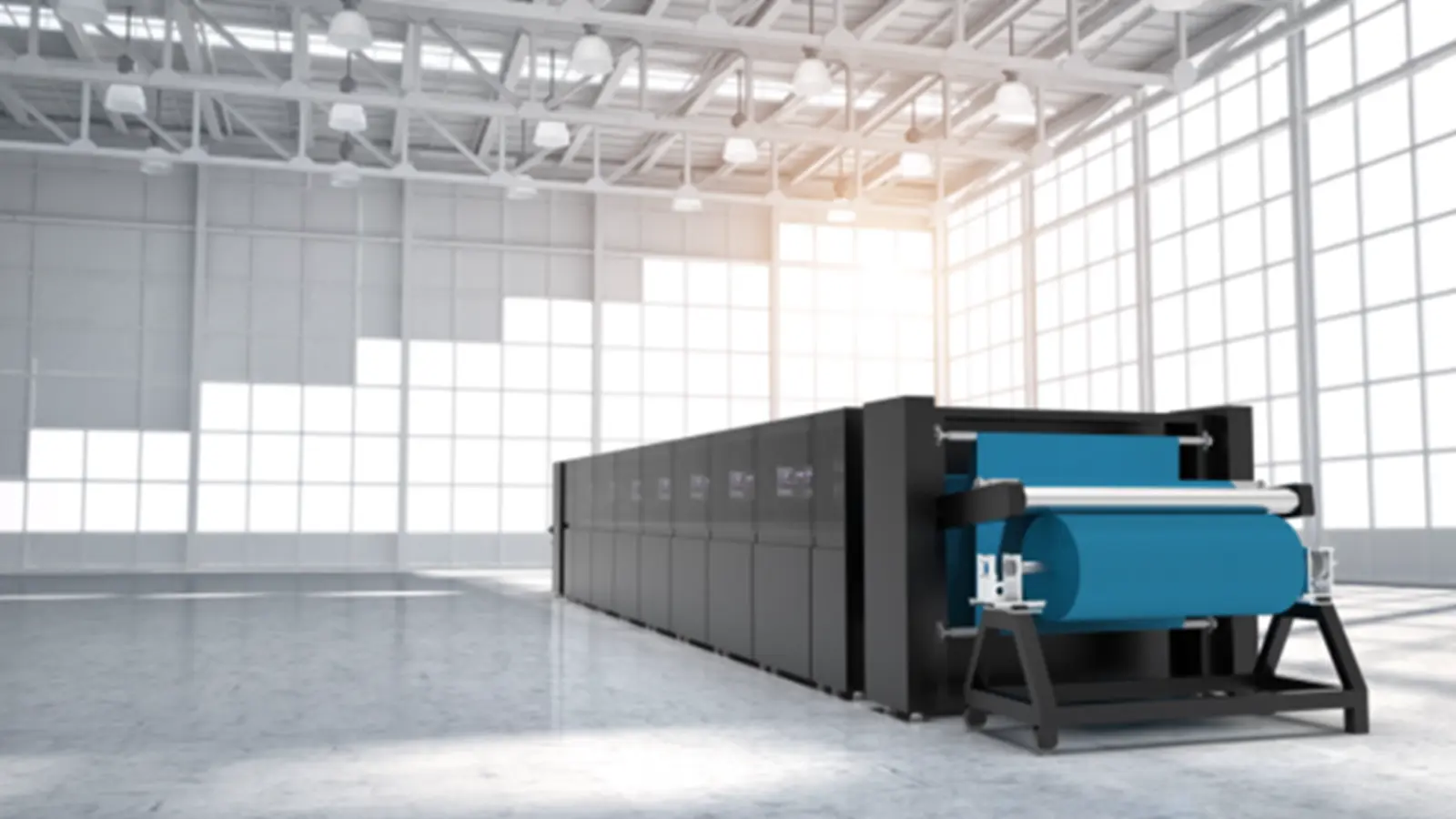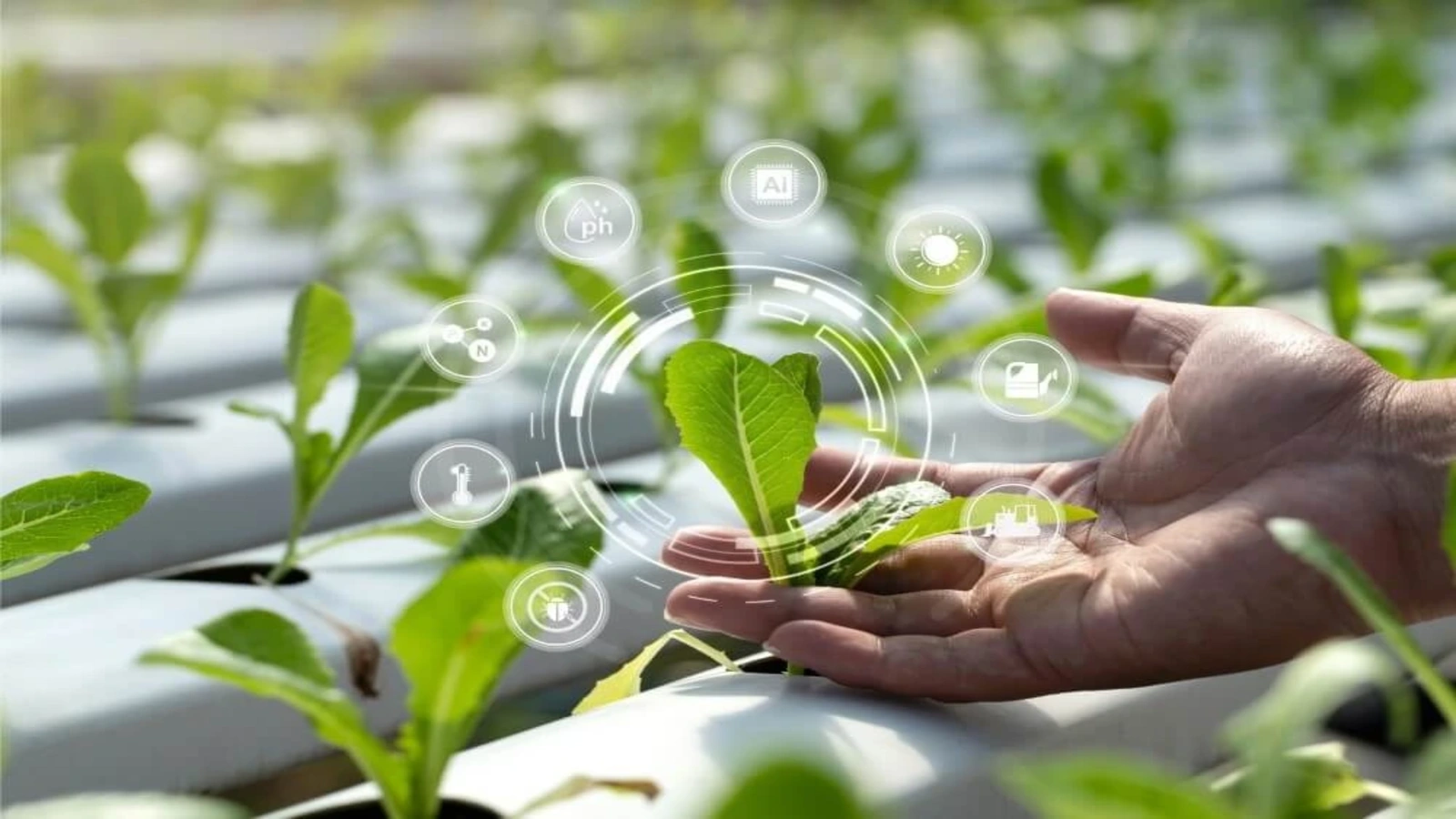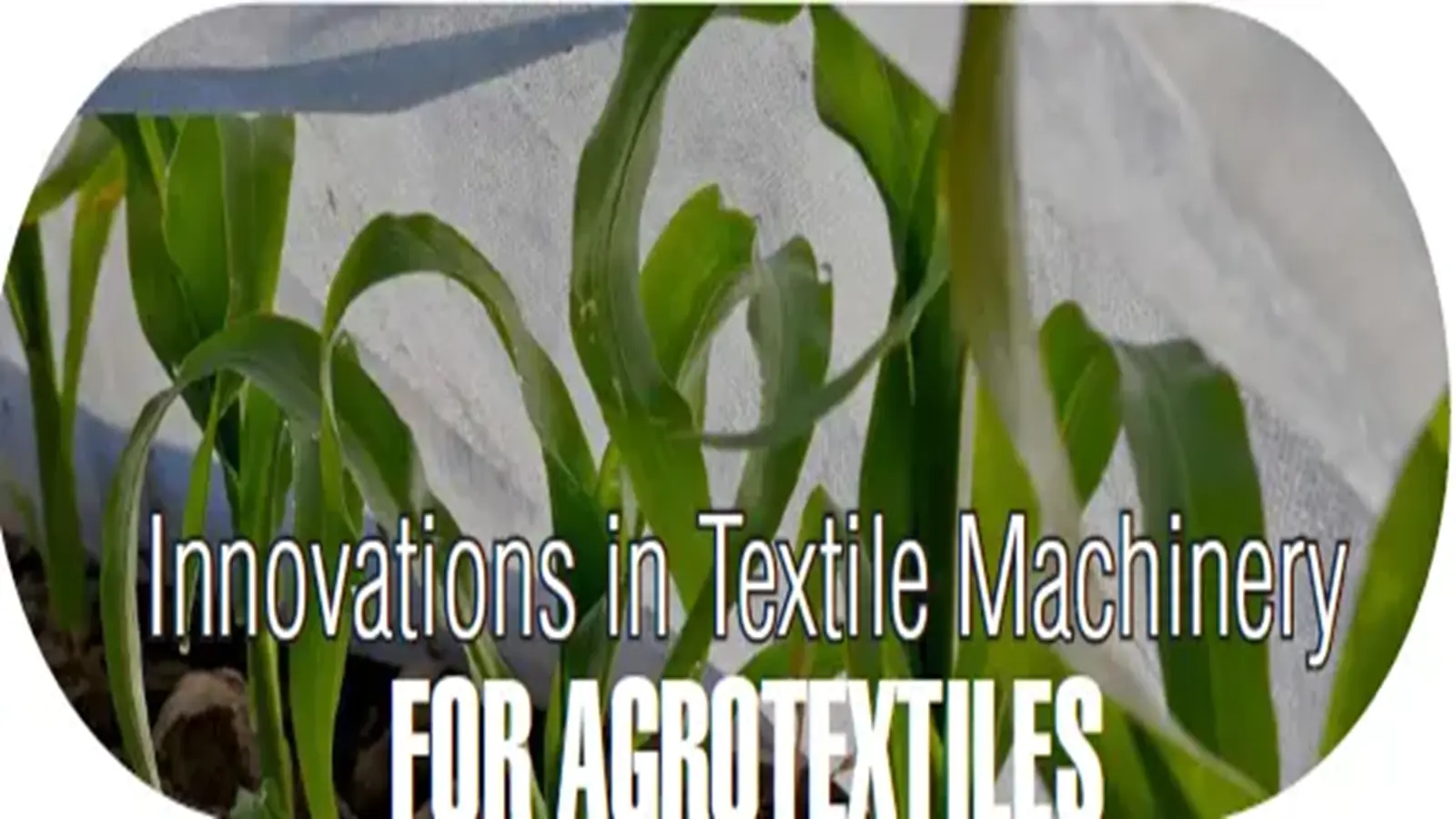Polypropylene: Empowering Geotextiles
Share Post
Polypropylene (PP) is notable for being the first stereoregular polymer to gain industrial prominence. Introduced to the textile industry in the 1970s, polypropylene fibers have swiftly become key players in the expanding family of synthetic fibers. Today, polypropylene ranks fourth, following the “big three” fiber classes: polyester, nylon, and acrylic.
Polypropylene: Empowering Geotextiles with Advanced Raw Material Innovations
Polypropylene (PP) is notable for being the first stereoregular polymer to gain industrial prominence. Introduced to the textile industry in the 1970s, polypropylene fibers have swiftly become key players in the expanding family of synthetic fibers. Today, polypropylene ranks fourth, following the "big three" fiber classes: polyester, nylon, and acrylic. Despite its industrial success, polypropylene's application in apparel and household textiles remains limited, with the majority of its production serving industrial purposes, particularly in geotextiles.Polypropylene (PP) is a versatile thermoplastic with a linear structure derived from the monomer CnH2n. It is produced from propylene gas in the presence of catalysts like titanium chloride and is also a valuable by-product of oil refining processes. In the realm of geotextiles, PP's durability, resistance to chemical and biological agents, and cost-effectiveness make it an ideal material for applications such as soil stabilization, erosion control, and drainage systems.
Types of Polypropylene fibers
Monofilament Fibers:
- Single, continuous strands of fiber.
- Used in applications requiring high durability, such as ropes, fishing lines, and filtration fabrics.
Multifilament Fibers:
- Made up of multiple fine strands twisted together.
- Commonly used in textiles, upholstery, and sportswear due to their softness and strength.
Staple Fibers:
- Short, cut lengths of fiber that are spun into yarn.
- Utilized in non-woven fabrics, carpets, and geotextiles.
High Tenacity Fibers:
- Engineered for high strength and durability.
- Ideal for industrial uses like reinforcement materials and heavy-duty fabrics.
Hollow Fibers:
- Fibers with a hollow core.
- Provide insulation and are used in applications such as thermal wear and filtration.
Crimped Fibers:
- Fibers with a wavy or crimped structure.
- Enhance bulk and are used in applications like stuffing, padding, and carpeting.
MANUFACTURING PROCESS OF POLYPROPYLENE
The manufacturing process of polypropylene fiber/filament begins with the transformation of polypropylene chips through traditional melt spinning, where precise adjustments in operating parameters cater to specific product requirements. Additionally, techniques like spunbonding and melt blowing play pivotal roles in producing fibers crucial for nonwoven applications. In the context of geotextiles, these processes are essential for creating durable, high-performance materials used in applications such as soil stabilization, erosion control, and drainage systems. The adaptability of polypropylene fibers makes them an ideal choice for the demanding conditions often encountered in geotechnical engineering projects
Innovative technologies used in polypropylene (PP) production
?Metallocene Catalysts: Metallocene catalysts enable precise control over the polymerization process, resulting in polypropylene fibers with enhanced durability and uniformity. In geotextiles, this technology improves tensile strength and UV resistance, crucial for applications like soil stabilization and erosion control.
?Nano-filler Reinforcement: Incorporating nano-fillers such as nanoclays into polypropylene enhances its mechanical properties. This strengthens geotextile fibers, making them more effective in applications requiring high tensile strength and barrier performance against water and chemicals.
?Advanced Melt Blowing and Spunbond Technologies: Innovations in melt blowing and spunbond processes produce finer and more uniform polypropylene fibers. This technology is vital for creating geotextiles with improved filtration, drainage capabilities, and resistance to environmental stresses.
Polypropylene (PP) : Applications across various industries
- Textiles and Apparel: Polypropylene fibers are used in clothing, upholstery, and carpets due to their durability, moisture-wicking properties, and resistance to stains and fading.
- Packaging: PP is widely used in packaging applications such as bottles, containers, and packaging films due to its lightweight nature, excellent barrier properties, and resistance to moisture and chemicals.
- Automotive: PP is used in automotive components like bumpers, interior trims, and under-the-hood parts due to its high impact resistance, stiffness, and ability to withstand high temperatures.
- Medical: In the medical field, PP is used in medical devices, surgical masks, and packaging materials due to its inertness, sterilizability, and compatibility with human tissues.
- Construction: PP fibers are used in concrete reinforcement, geotextiles, and roofing materials due to their high strength, resistance to chemicals and environmental factors, and ability to improve the performance and longevity of construction materials.
Future Outlook and Growth Opportunities in the Polypropylene Fiber Market
The Polypropylene Fiber Market is set for substantial growth, with a projected Compound Annual Growth Rate (CAGR) of 8.42% from 2024 to 2031. This expansion is expected to elevate the market value to 31 billion by 2031, reflecting its strong potential and attractiveness for investors. The market is anticipated to reach 17.6 billion by 2024, driven by increased demand for advanced products, heightened investment in R&D, and the integration of cutting-edge technologies.
In the realm of geotextiles, this growth underscores the increasing use of polypropylene fibers in applications such as soil stabilization, erosion control, and drainage systems. As the market evolves, companies are scaling operations and enhancing capabilities to meet rising demands. Strategic planning and adaptability will be cruciafor capitalizing on these opportunities, ensuring success in an evolving market landscape.
03:37 PM, Aug 16
Other Related Topics






.webp)



















1.jpg)
1.jpg)



